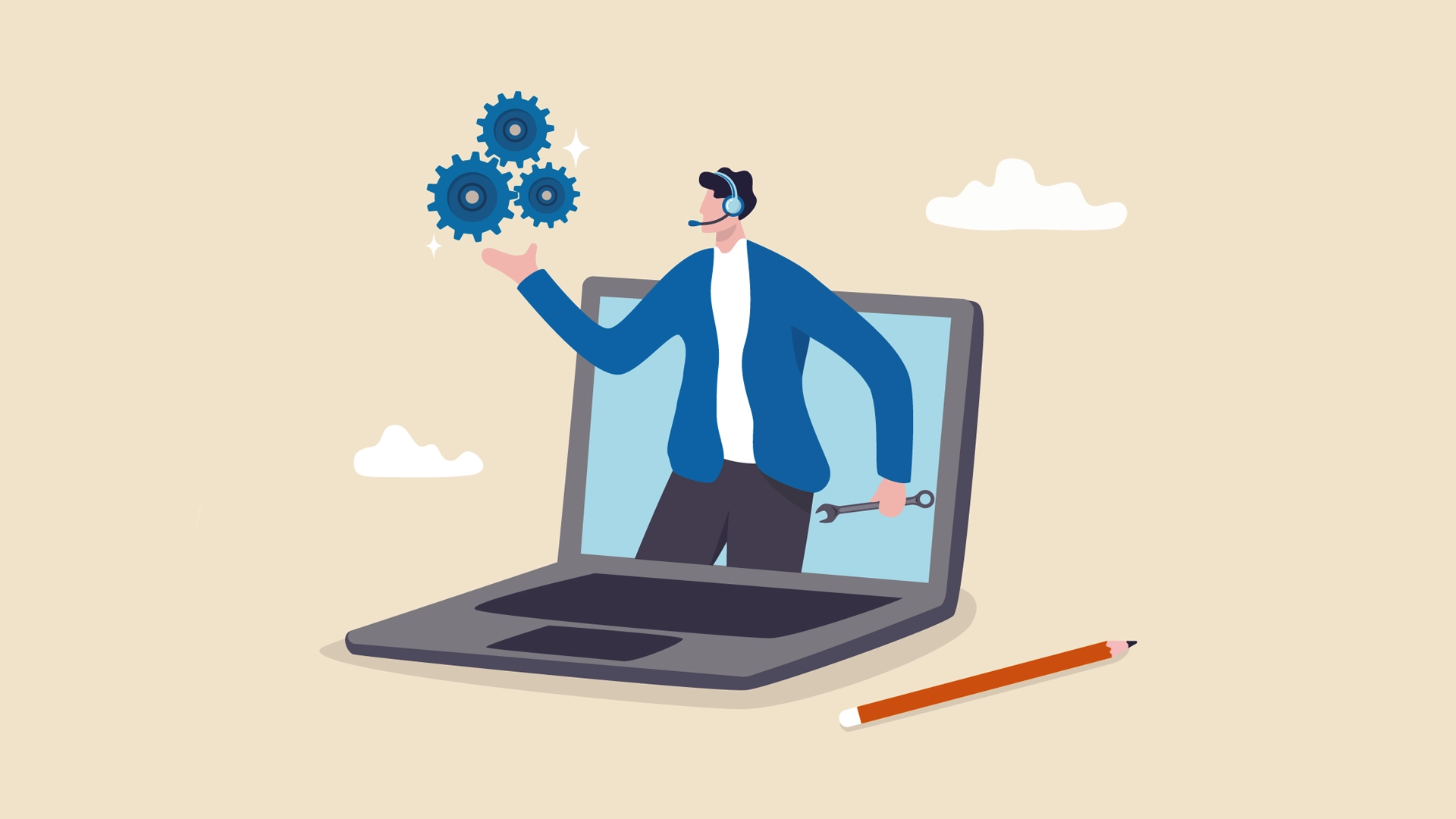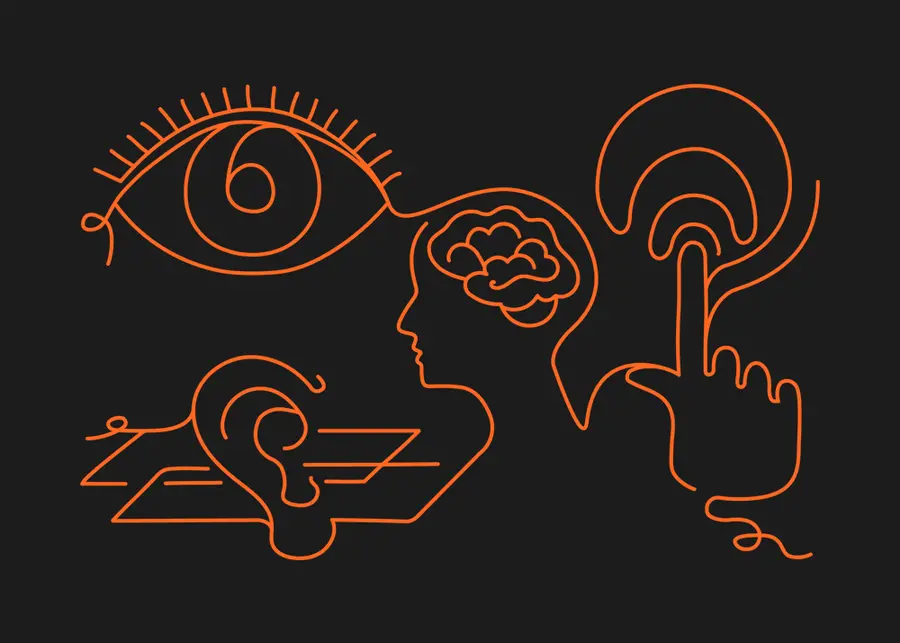Accessibility! The first step is – without a doubt – having accessible design on your radar. It’s something that’s kind of a big deal, and it’s something that Tim Berners-Lee, inventor of the World Wide Web, said was critical for every user way back in 1997 (ten years before the first iPhone, and nine years before Facebook was open to the public). It’s even more important now considering the fact that EU legislation is looming with the 2025 Accessibility Directive for businesses to meet new guidelines & standards on the web.
What Does it Mean?
Darren Wilson (UX Designer at UXcentric) puts this simply: “Digital ‘accessibility’ relates to design of content so that it can be used by everyone, inclusive of those with varying limitations of the following abilities:
- Visual: Blindness, low vision and colour-blindness
- Motor: Reduced ability to use a mouse, slow response time, limited fine motor control
- Auditory: Profound deafness and hard of hearing
- Cognitive: Learning difficulty, easily distracted, an inability to focus on large quantities of information or data”
It’s not necessarily a simple feat, but designing with inclusivity in mind improves the experience for everyone.
Why Should I Be Accessible?
The World Health Organisation report on disability (WHO, 2011) states that more than one billion people live with life-altering disabilities (vision, hearing, speech, cognitive and mobility).
According to the European Commission, around 80 million people in the EU are – to some degree – affected by a disability.
In The Netherlands, it's estimated that there are over two million people with a disability, including people with limited or no hearing or sight, and those with a physical or mental disability.
As digital has become an increasingly important resource in our daily lives, providing equal access and equal opportunity to the web can help people with disabilities participate more actively in society.
Designing for everyone, at every phase of life
And it’s not just those with tangible or permanent disabilities (measured in the figures above) that you need to consider. For each type of impairment there are those that are momentarily incapacitated and those temporarily less able, on top of those with long term disabilities. One example might be a mother carrying her newborn baby and trying to navigate your website with her one free hand – you wouldn’t consider her disabled and yet, in that situation, she has the same needs as someone who only has one hand. In the middle of that range there are those like people who are recovering from a stroke or who have broken their arm – their requirements will be similar again.
The same is true for visual, auditory, and cognitive capabilities too. There are innumerable circumstances for the momentarily incapacitated, temporarily less able, and long term disabled. Once you realise you’re literally catering for every person at some point in their lives, it becomes pretty clear that accessibility matters.
If you’ve designed your website, app or digital media without taking these people into account, you’re not only ostracising over two million of the Dutch population, you may also be falling short of the amended Equal Treatment Act on the grounds of Disability or Chronic Illness.
Regardless of legislation, there’s plenty of evidence to suggest that putting accessibility first benefits SEO, functionality for all users, and even profitability. In a 2018 Accenture study, 45 of 140 companies that stood out for disability employment and inclusion saw a 28% higher revenue, 200% net income, and 30% higher profit margins.
This is an excerpt from How to Get Started With Digital Accessibility. If you'd like to read more click here to download your free copy of the guide.
Latest.

Never ask a barber if you need a haircut.
Thought Leadership

In an AI-driven world, humans are still irreplaceable.
Thought Leadership, Industry Trends

Maximising your team performance with competitive salaries.
Job Seeker, Industry Trends



